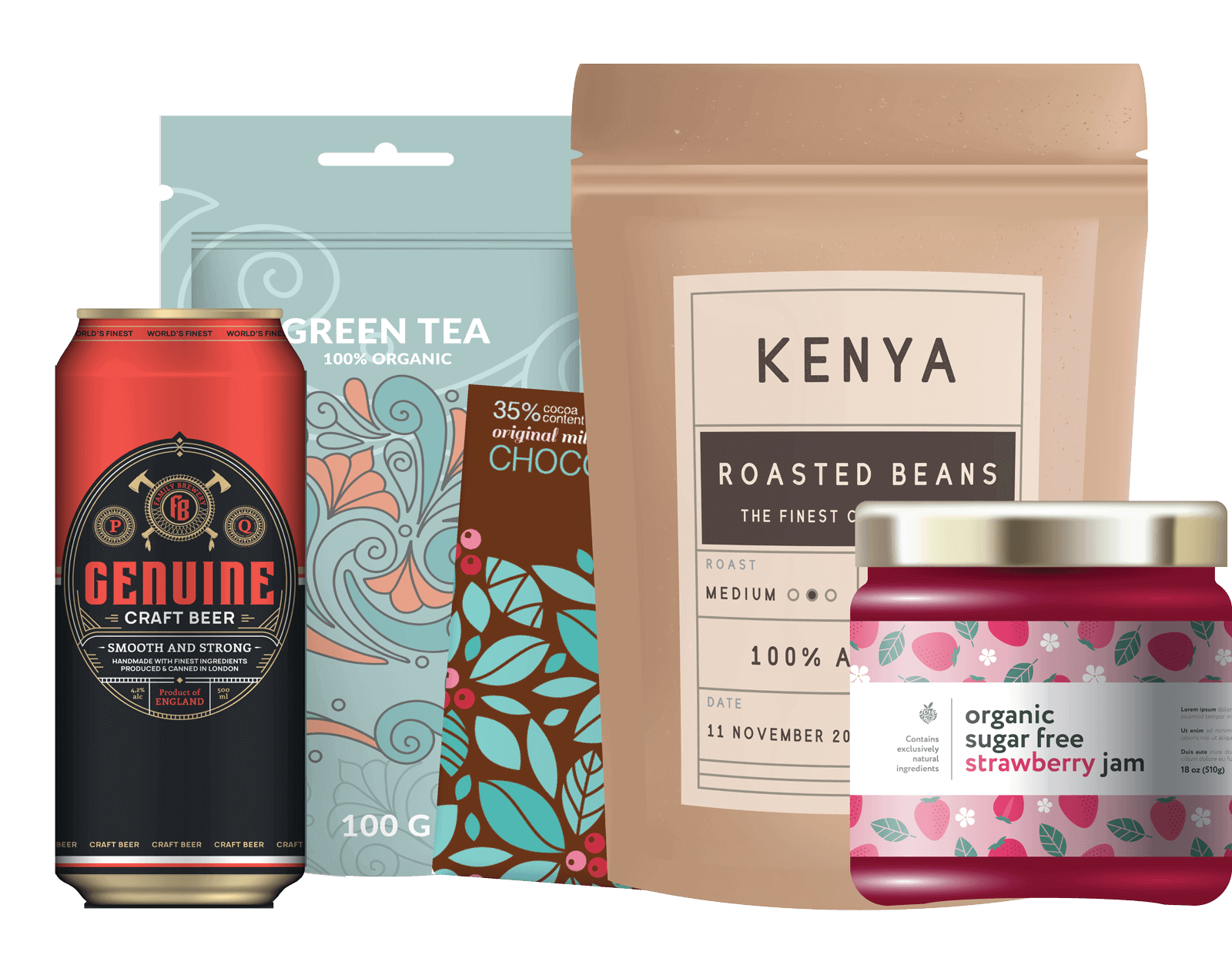Some 51 percent of medicines are taken orally in tablet or capsule form. These are packaged in plastic pharmaceutical bottles or blister packs. There are also liquids, powders, and pastilles that make up the total amount of oral medicine intake that requires specialized packaging.
Packaging is an emerging science, engineering discipline, and a major contributor to pharmaceutical industry. In this industry, the packaging of its many products is constantly advancing. This packaging market alone has seen at least a five percent annual growth and is thought to be worth more than $20 billion a year.
Plastic pharmaceutical packaging is responsible for your drugs, medical devices, medical treatments, and nutraceuticals — medical nutritionals — and enables you to deliver your tablets, supplements, liquids, powders, drops, and suspensions. When it is transparent to your customers, it is successful, but when issues occur, it receives negative attention.
As is the case with so many other packaged products, you want your pharmaceutical plastic bottles and other items to provide:
- product protection
- tamper resistance
- security
- high quality
- patient protection
- freedom of design
- anti-counterfeit measures
- low in cost
- durable
- unbreakable
- lightweight
There are also other ongoing innovations that involve plastics and include snap-off ampoules, unit dose vials, pre-filled syringes, and child-resistant packs.
Plastics for pharmaceutical use
There is an increasing need to provide tailored, individual packaging solutions, which guarantee the effectiveness of medicines.
Plastics are being used for products ranging from your bottles, syringes, and injection devices. They are extremely resistant to breakage and use the following major polymers:
- high density polyethylene
- low density polyethylene
- polypropylene
- polyvinyl chloride
- polystyrene
- polyethylene terephthalate
Your plastic bottles are comprised of one or more of these plastics. Using one or more of these when mixed with an additive or barrier plastic can enhance the properties of the final container.
The bottles must be free of any substances that their contents could potentially extract in significant amounts. The amount of the additive is dependent on the polymer, the process that is used to convert the specific plastic into the bottle, and what the container is expected to do. The additives can be such things as colors, stabilizers, antioxidants, and lubricants.
High density polyethylene
High density polyethylene, or HDPE, is a cloudy, slightly translucent-colored polymer made from petroleum. It possesses a good chemical resistance and does not absorb moisture. It also provides a good water vapor barrier. HDPE is one of the most popular plastics for molding your plastic bottles, containers, and caps. It maintains the purity of your products stored and packaged in it and will not leach harmful chemicals.
Low density polyethylene
Low density polyethylene, or LDPE, is translucent in color with a tough, wavy texture. It is also a very flexible plastic with good barrier properties. It is similar in composition to HDPE, but less rigid and chemically resistant. It is also more translucent and significantly more expensive than HDPE.
Polypropylene
Polypropylene, or PP, is best known for its versatility and flexibility. It can be molded into various applications, providing a good chemical resistance and toughness. While it is usually translucent in appearance, it can be make into a variety of colors.
Plastic bottles made from PP are rigid with excellent moisture barriers. They are stable at high temperatures — up to 220 degrees Fahrenheit — and are also autoclavable and can handle steam sterilization.
Polyvinyl chloride
Polyvinyl chloride, or PVC, is usually clear when used in plastic bottles. It has excellent resistance to water, alcohols, alkalines, and concentrated acids and offers excellent flexibility and versatility along with predictable and long term stability. PVC is also ideal for your vials, tablet strips and blister packs for solid tablets.
Polystyrene
Polystyrene, or PS, gives you excellent clarity and stiffness at an economical cost. You can use it for your vitamin and petroleum jelly product packaging due to its rigidity, clarity, and chemical-resistant properties.
Polyethylene terephthalate
Polyethylene terephalatate, also known as PET or PETE, is ideal for your pharmaceutical products due to its strength, clarity, impact resistance, and barrier resistance to things like oxygen, moisture, and many chemicals, alcohols, and oils. It is usually produced in clear, but can be done in colors like amber and green. It is shatterproof, extremely lightweight, and easy and efficient to transport.
PET is completely recyclable, and is the most recycled plastic in the U.S. and worldwide. In fact, more than 1.5 billion pounds of used PET plastic bottles and containers are recycled in the U.S. each year. PET is also approved as safe by the FDA and health and safety agencies worldwide.
Learn more about what materials make up plastic bottles
Choosing your packaging can be difficult and vital to your branding. MJS Packaging offers the best customer service and lowest prices for your pharmaceutical product packaging. We have exclusive access to manufacturers from all around the world. so we can advise you on the best bottles, closures, caps and other packaging needs you require.

